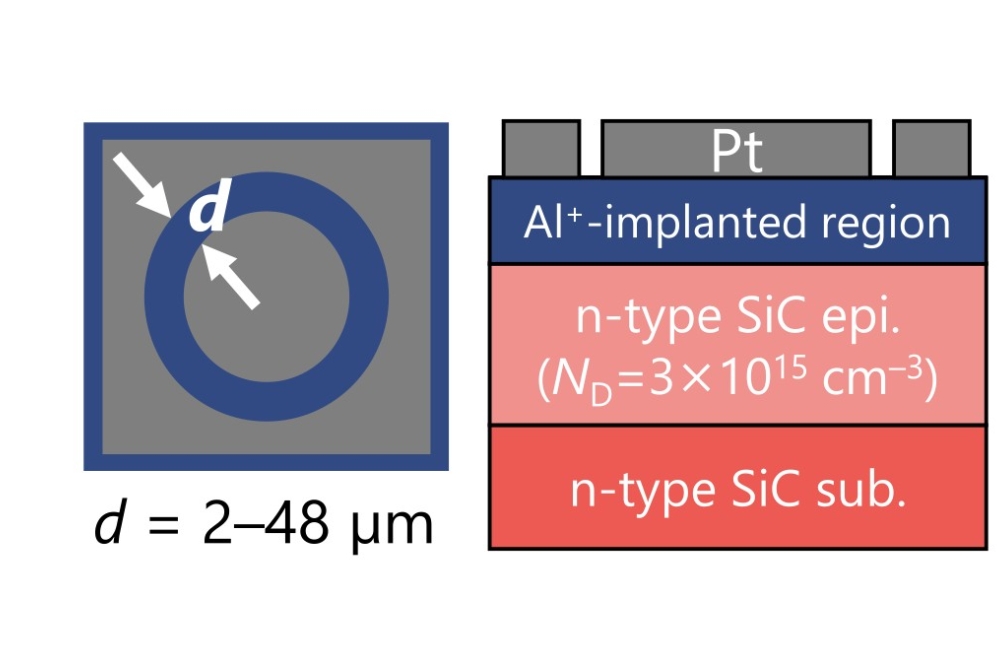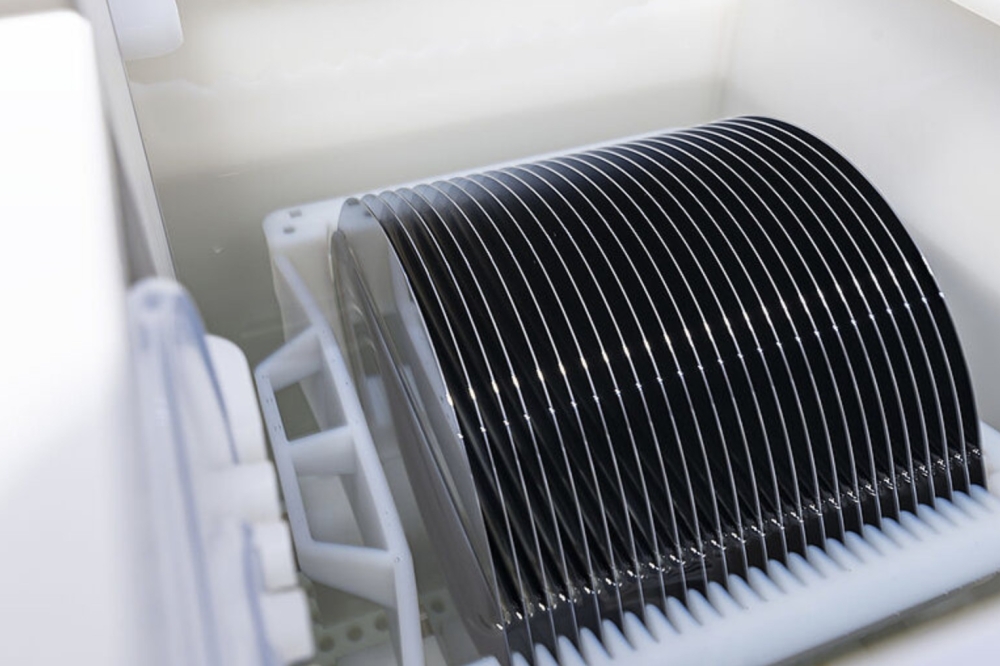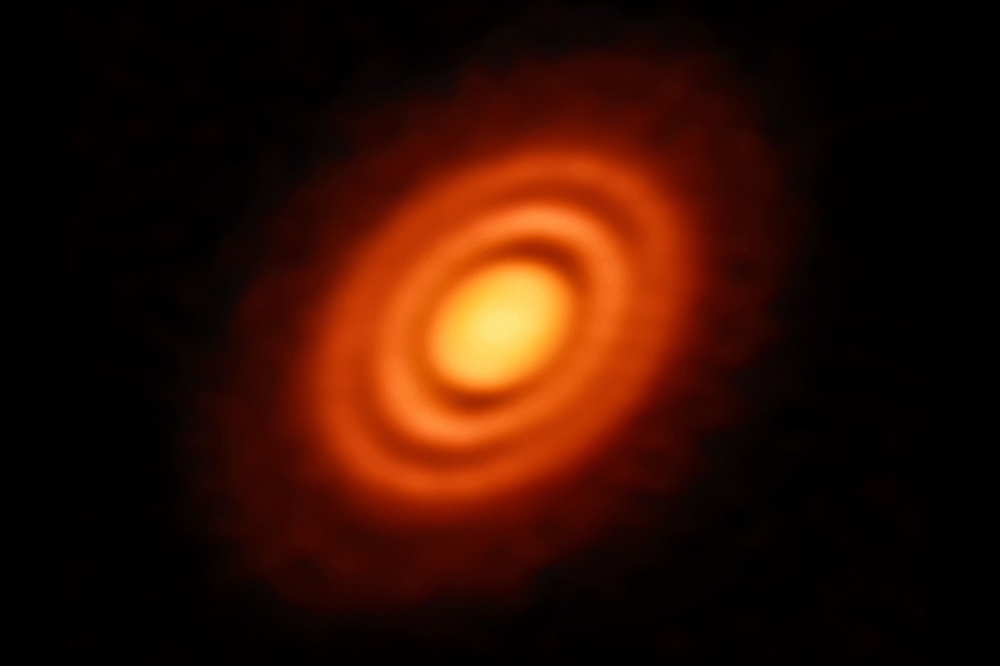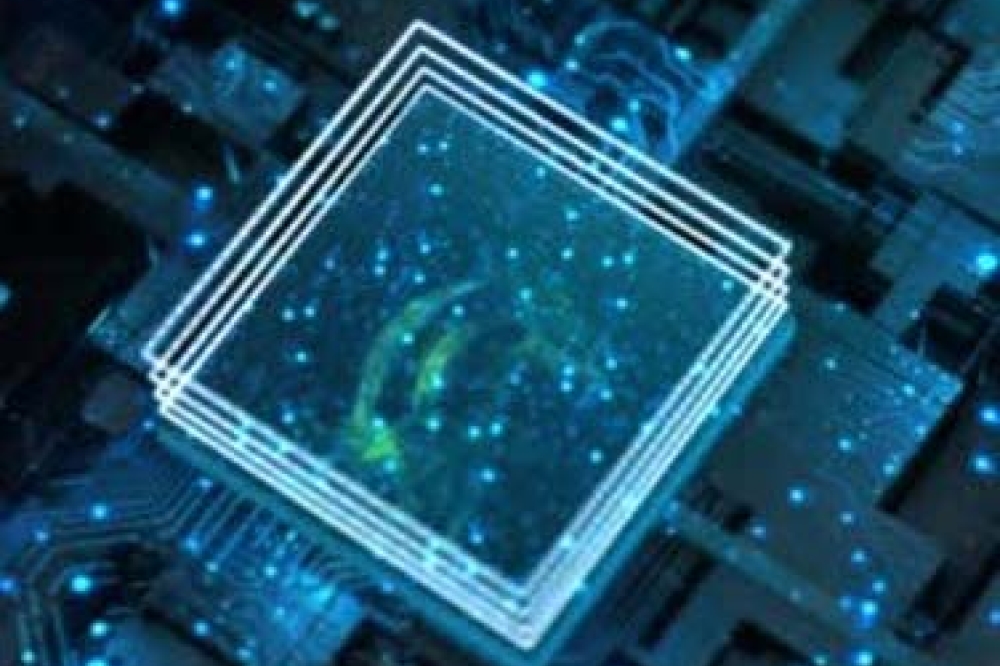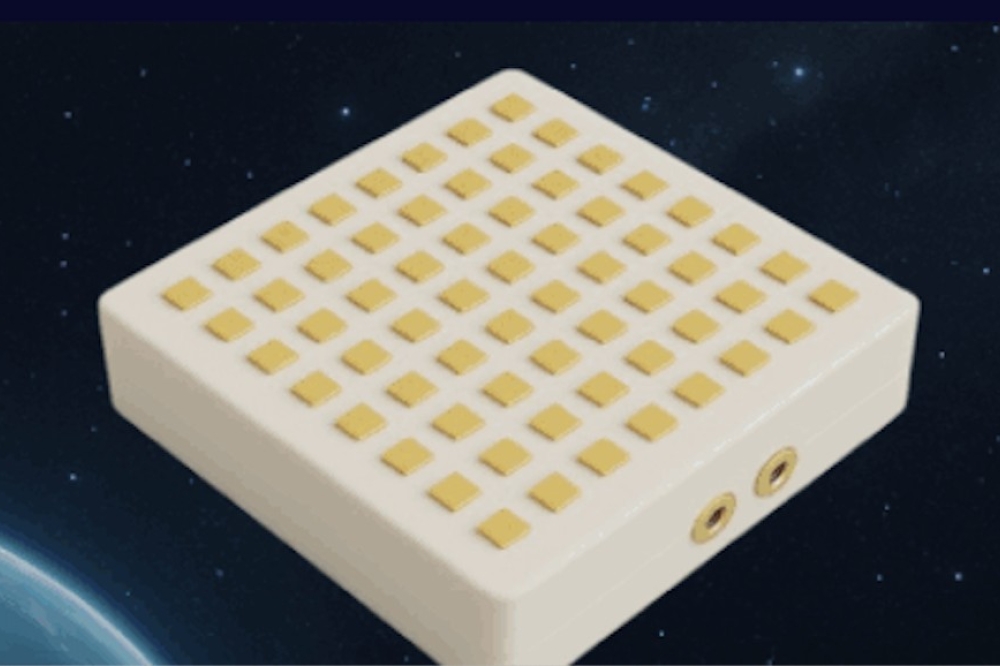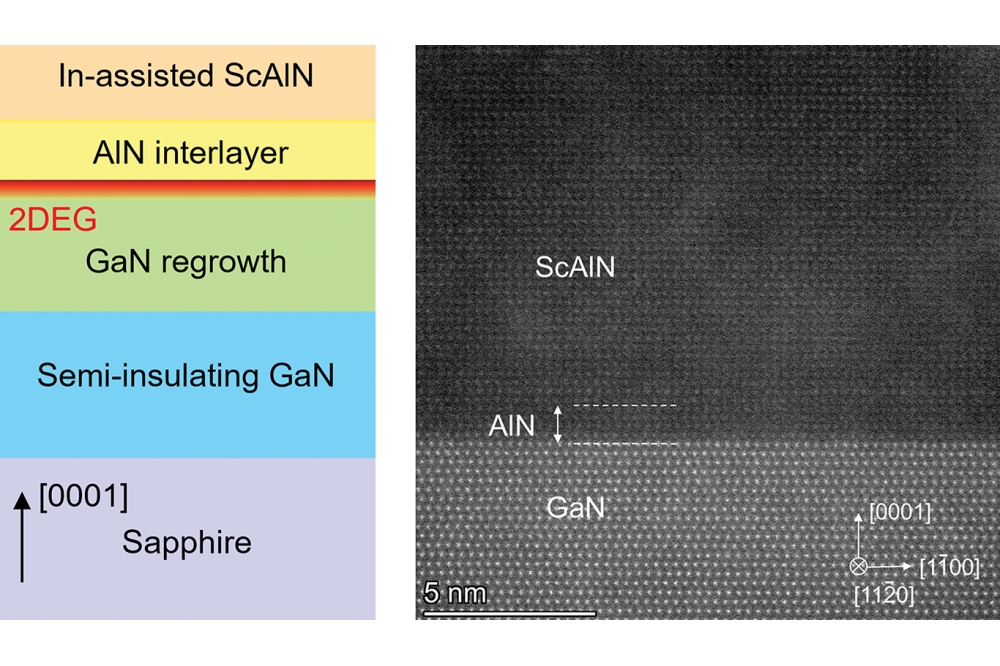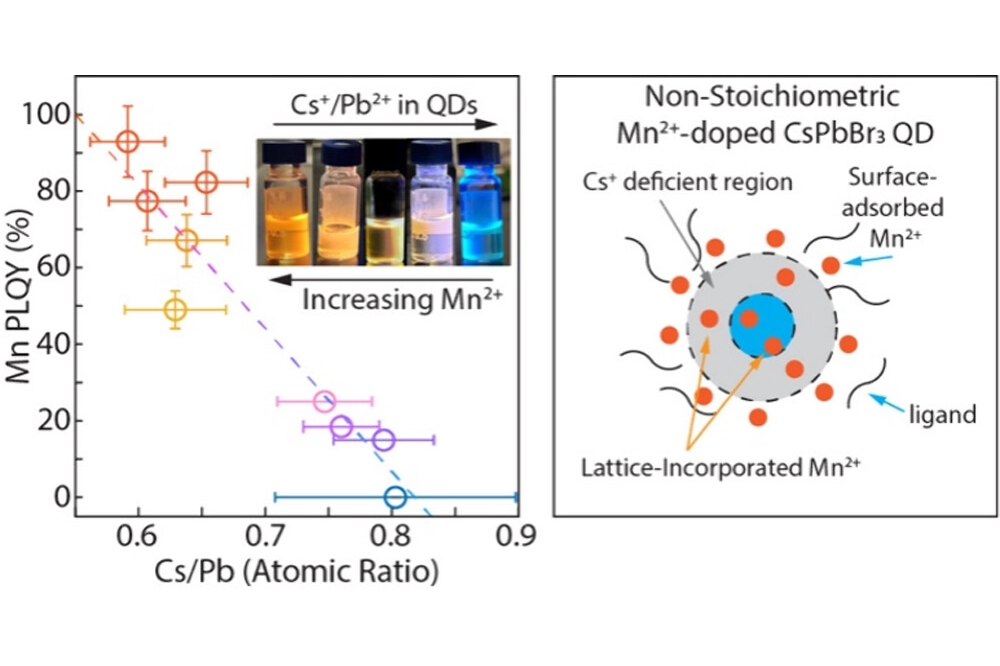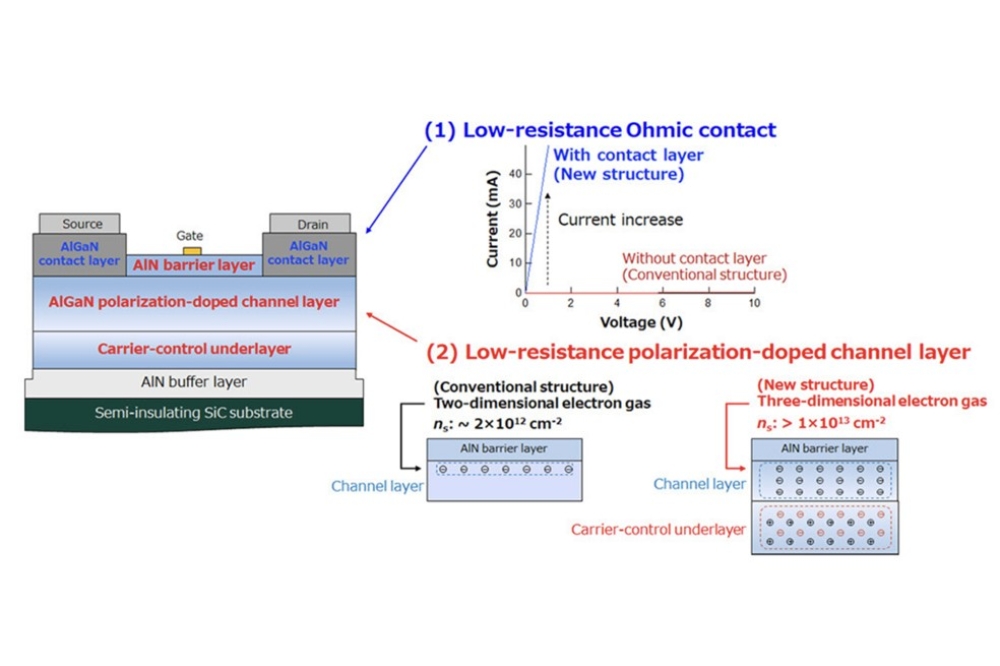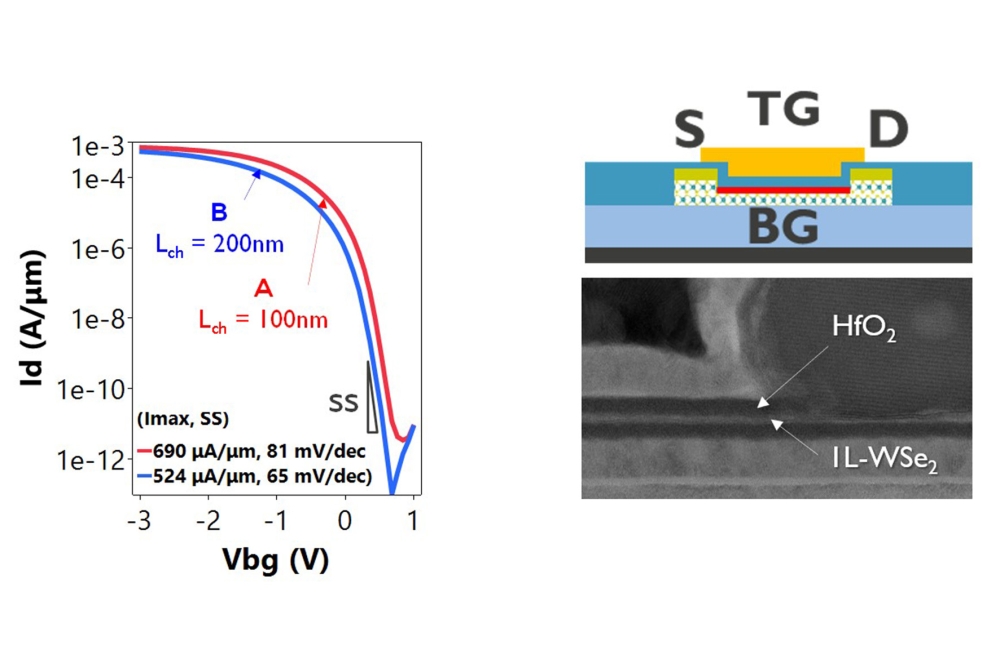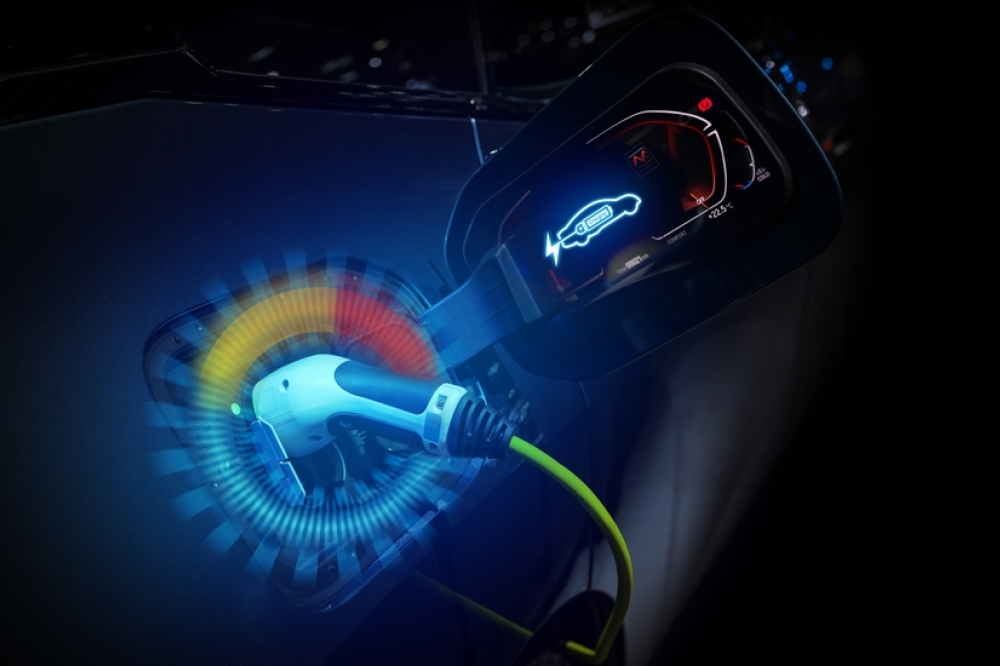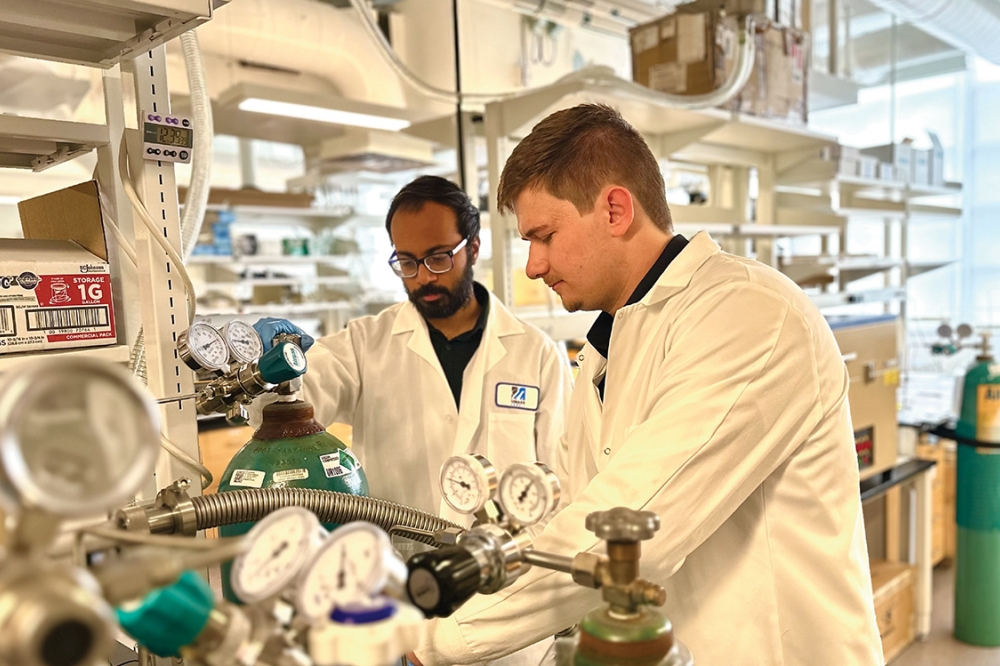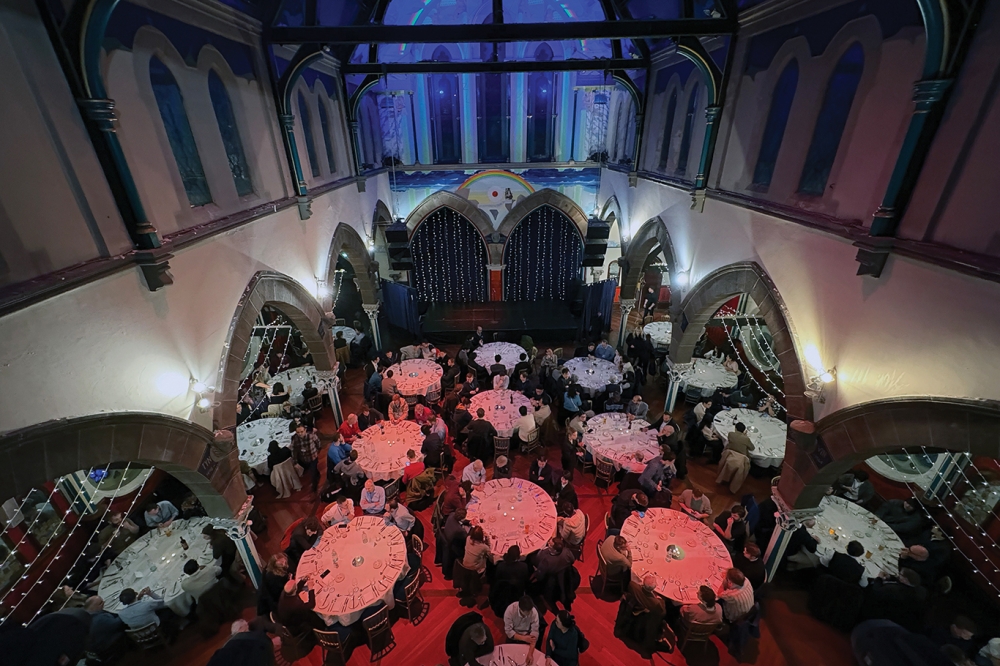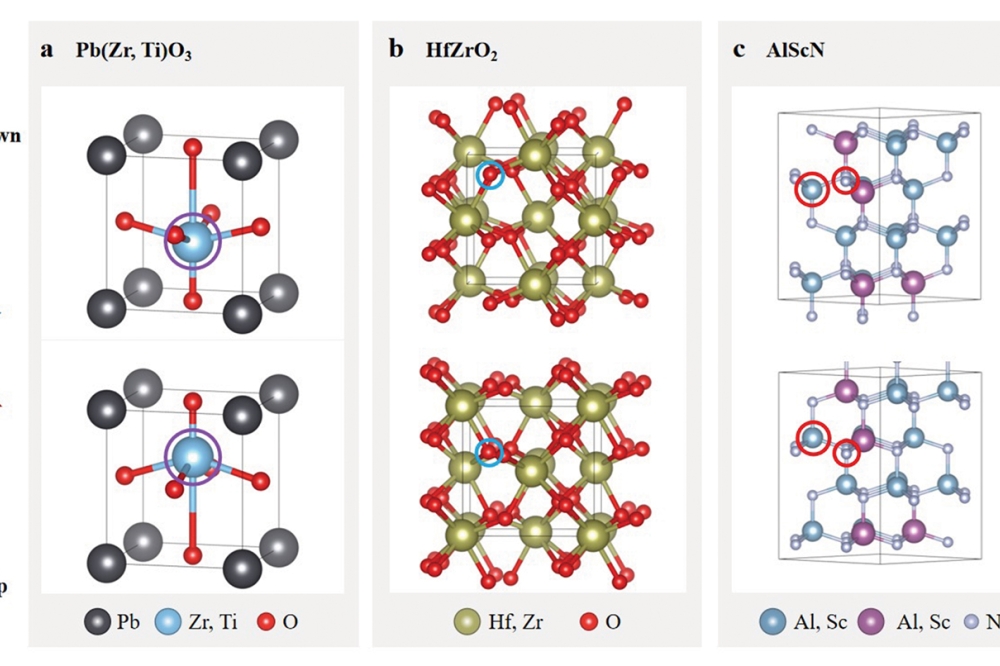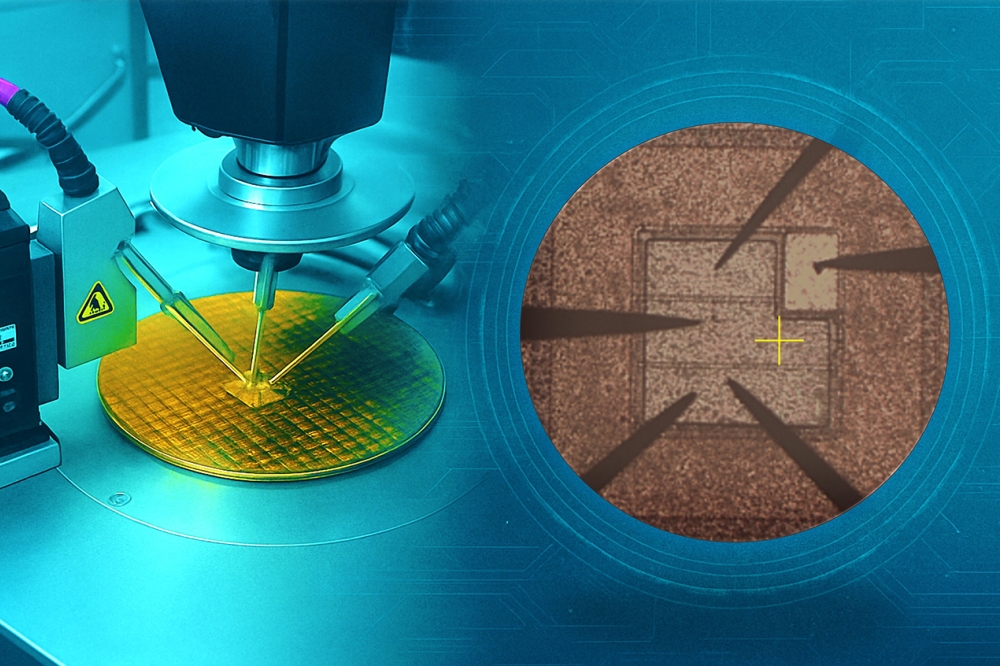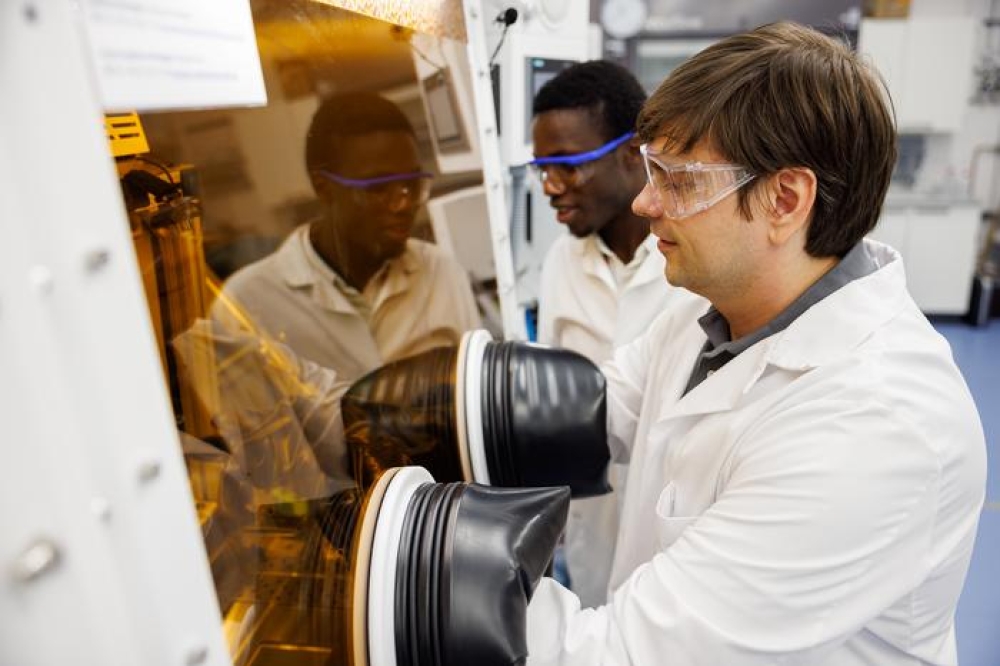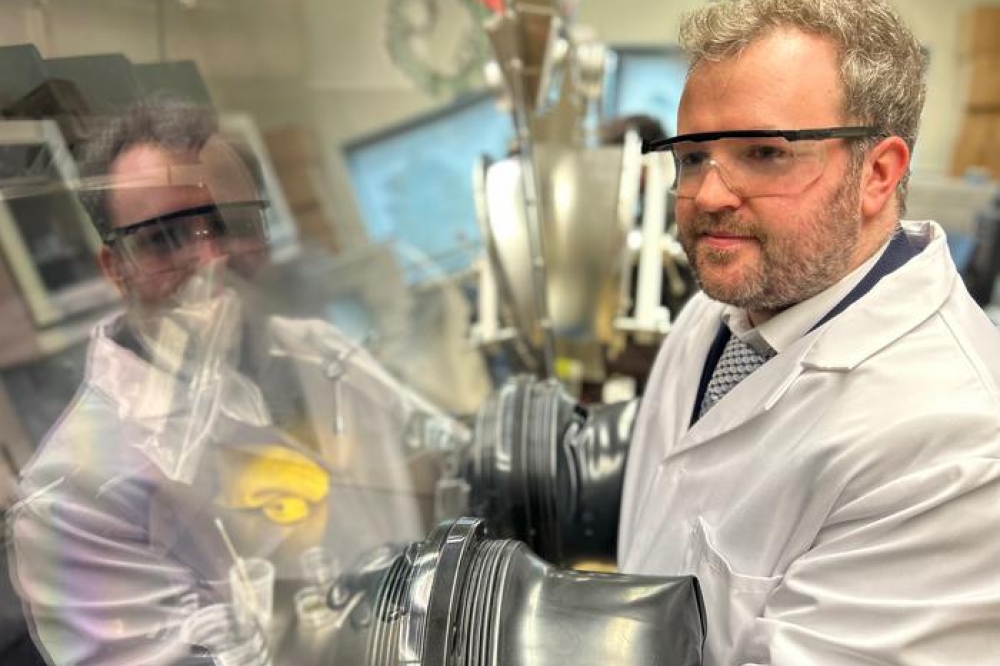DOE funds AlScN research
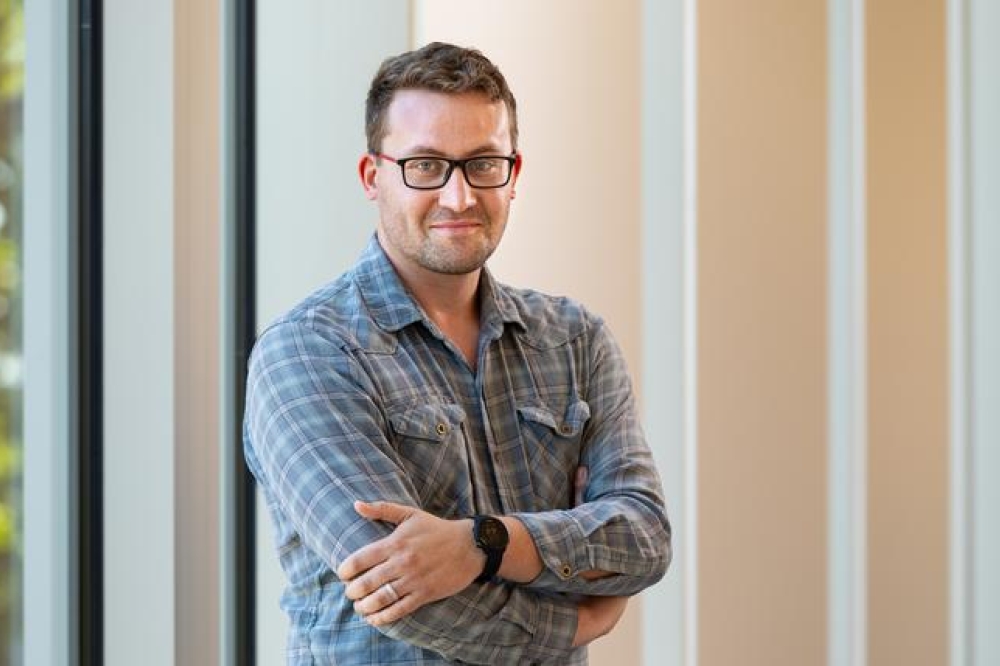
American physicists to investigate material that could be integrated into existing silicon computing platforms.
The US Department of Energy has awarded just under $975,000 to Charles Paillard, a University of Arkansas research professor of physics and director of the Smart Ferroic Materials Center, to study AlScN – a wide-band gap compound semiconductor with ferroelectric properties.
The team think their work could lay the foundation for dramatically faster computers that also consume less energy than current technology. “In general terms, we’re trying to see how we can move atoms at the lowest energy cost possible,” said Paillard (pictured above).
The project is a partnership with the Department of Energy’s National Renewable Energy Laboratory in Golden, Colorado.
In the United States, data centres account for 2 percent of energy consumption, and that number is predicted to rise as demand grows for high-speed or AI computing. Ferroelectrics, a class of materials with spontaneous polarity that can be reversed by an external voltage, hold promise to create faster computers that consume less energy.
“Most of the ferroelectrics we know are made of oxides and very difficult to integrate on silicon platforms that are everywhere,” Paillard said. “So, we either decide to change all the computing technology in the world, which is going to cost tens or hundreds of billions of dollars and take decades, or we find new ferroelectric materials that are easier to integrate on silicon.”
AlScN can be integrated into existing silicon chips and has recently been shown to have the ferroelectric property needed for high-speed computers.
Paillard’s research seeks to understand on the atomic level how the polarity of AlScNe switches, because the material uses a switching mechanism different from other ferroelectrics. The primary focus will be examining AlScN’s domain wall, the space between the negative and positive polarities.
As part of the project, post-doctoral researchers or graduate students from the U of A will spend time at National Renewable Energy Laboratory and France’s CentraleSupélec school of engineering, where researchers will have access to an electron microscope.
“To explore such a complex topic with a vast array of techniques, we need complementary groups to help us,” Paillard said. “I would say it’s a global effort.”
The grant is sponsored by the Department of Energy’s Established Program to Stimulate Competitive Research (EPSCoR). U of A physics professors Laurent Bellaiche and Gregory Salamo are co-principal investigators on the project.


